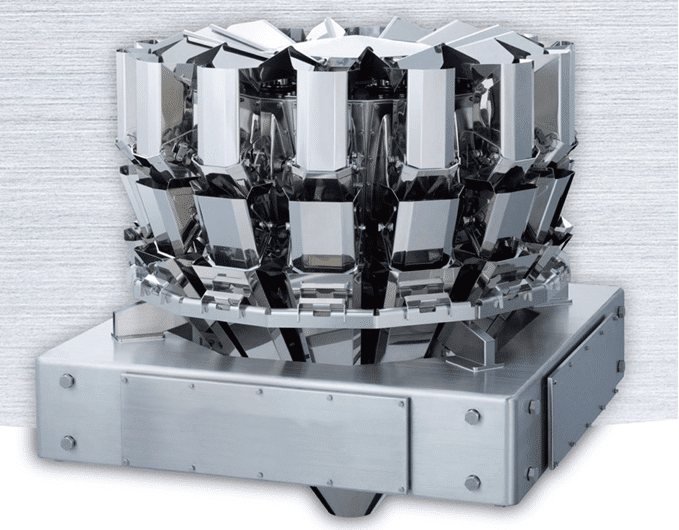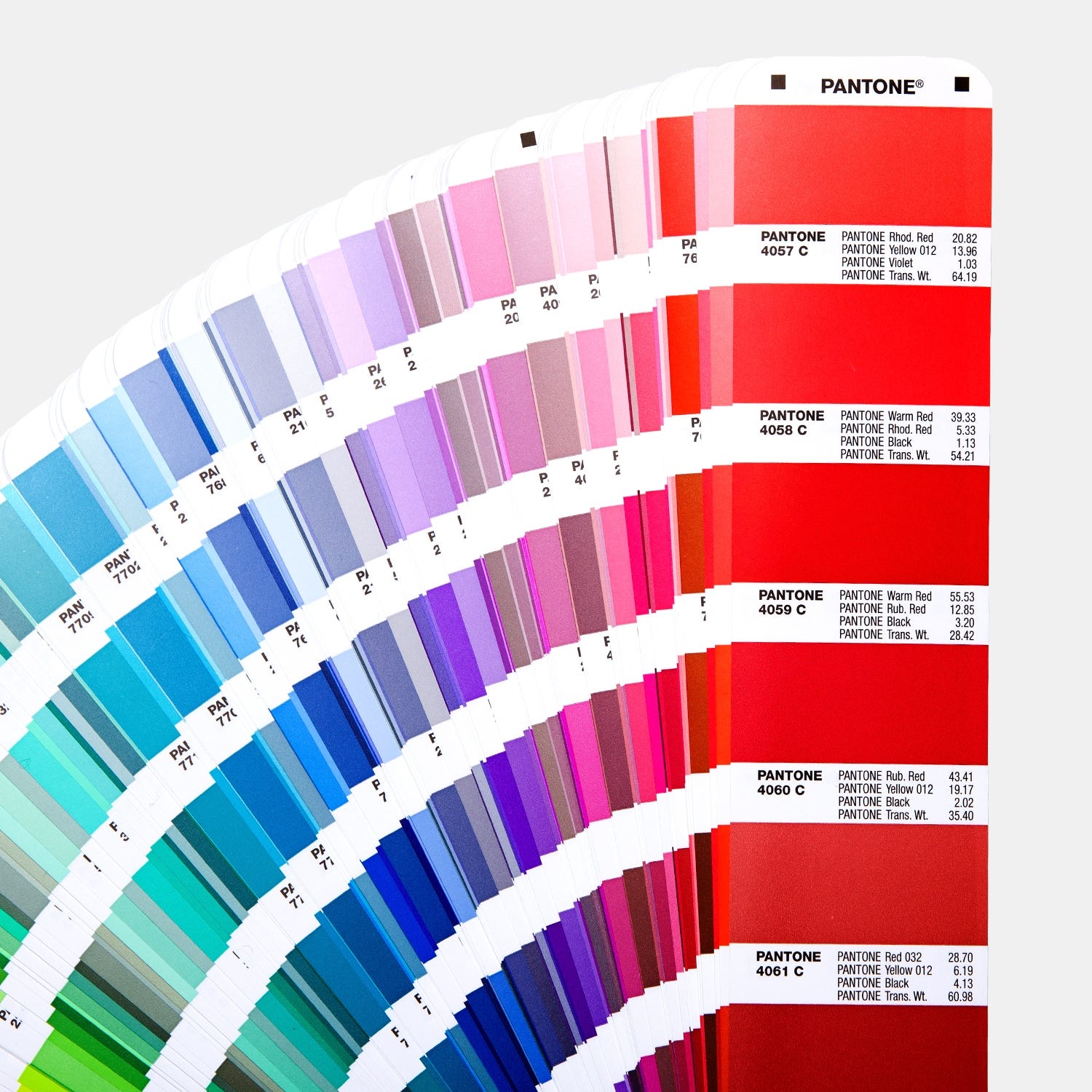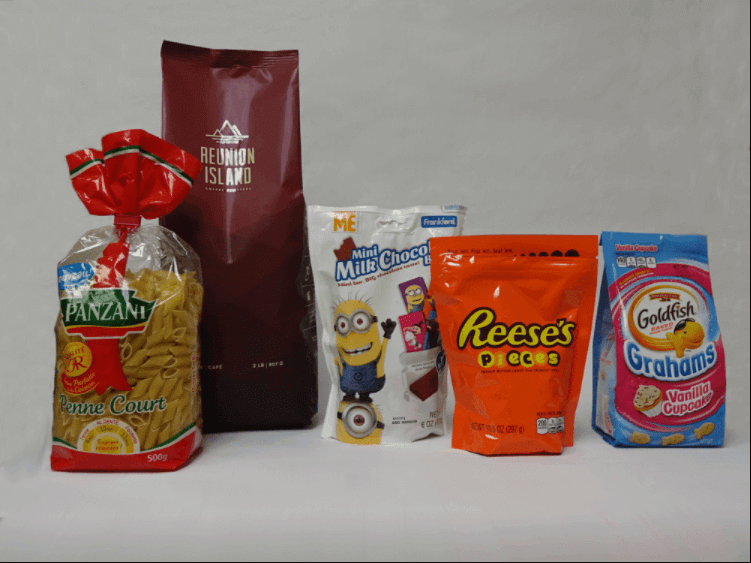Five Costs of Changing to VFFS Packaging & Project Planning
Developing a Realistic VFFS Cost/Benefit Justification There are many good reasons why companies might add vertical bagging machinery to their...
3 min read
 Christa Francis
:
Fri, Jun 9, 2017
Christa Francis
:
Fri, Jun 9, 2017

When pairing a vertical bagger and combination scale, your top goals are speed, accuracy, and reliability. You anticipate a packaging line that embodies those three characteristics and runs perfectly, never breaking down and never needing maintenance. That would be amazing. However, much like my car never cleans itself or performs its own maintenance and repairs, neither does a combination scale and VFFS. They unfortunately need help from us humans.
One common problem which peskily does not take care of itself involves the product charge and is often referred to as a string out.
The transition of the product from the scale involves an ideal product charge. This charge delivered from a scale is ideally packed together as it transitions from the scale discharge funnel into the inlet of the forming set.
String outs are an extended length of the product stream. Ones that spread out and do not retain that tight, ideal form. When the product leaves the scale bucket, it will slow down if it hits a rough spot and will consequently, string out. Think of the rough spot as a speed bump. The slower the product travels the more time it will take to reach the bag.
This is why having the correct steel material is crucial. Free flowing products can slow if run on a scale with dimpled metal. Conversely, if the products are sticky, the dimpled steel can help reduce string out.
Unfortunately, string out has negative drawbacks such as product in the seal, inaccurate weights, and reduced productivity of the scale and bagger stack-up.
Steven White, with more than 30 years of experience in the packaging industry, informs us that troubleshooting product string out involves three major areas: The combination scale, the scale to vertical bagger transition and the bagger forming set.
Scales are designed for piece length, target weight, product characteristics and speed. Products that are light, however, have a chance to string out more than a dense product. This is because, when they are dropped from the weigh buckets into the scale chute, the product tends to catch more air. Sticky products are also more prone to string out. Anything that runs on a scale, however, has the possibility of having a string charge. Radial combination weighers have transition capabilities to reduce string out at the bottom of the scale.
With all the information on troubleshooting string out you would think it would be something to be avoided at all costs. And for the most part, you are right. However, there are exceptions when a string out is needed. Dustin Literski, with 6 years of experience working at Yamato, reminds us:
“Sometimes stringing of product is a good thing. Trying to transfer a large target weight from the scale into a narrow bag can often result in product bridging in the forming set. When this happens, production needs to stop to clean out the tube. Combination weighers, such as Yamato, have the capabilities to delay the opening of the weigh buckets so that the product transitioning down the chutes gets strung out compared to dumping the weigh buckets at the same time. The production speeds maybe reduced, however it is the best way to fill narrow bags and prevent bridging.”
As seen with the troubleshooting areas mentioned above, string out is often a result of a scale designed or built incorrectly or when someone performs sanitation. If you are planning on changing the product size a year later, this needs to be imparted because the scale may not be designed for a larger or different product. Or if you buy a used scale, it may not work with your product.
This is why communication is key in getting the exact Multihead Weigher/ Vertical, Form, Fill Seal combination you want for your product. Let us know your thoughts!
Note: Special Thanks to Steven White and Dustin Literski for contributing their knowledge and experience to this post.

Developing a Realistic VFFS Cost/Benefit Justification There are many good reasons why companies might add vertical bagging machinery to their...
4 min read
“The leading cause of unscheduled downtime within respondents’ facilities remains aging equipment (42%).” For those of you concerned with...

Here are some interesting statistics for you. Stand up pouches are expected to reach 33.4 billion USD globally by 2020. From 2015 to 2020, they have...